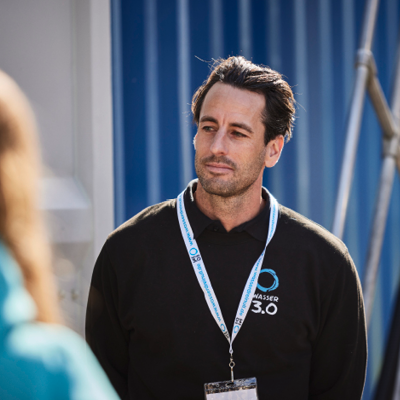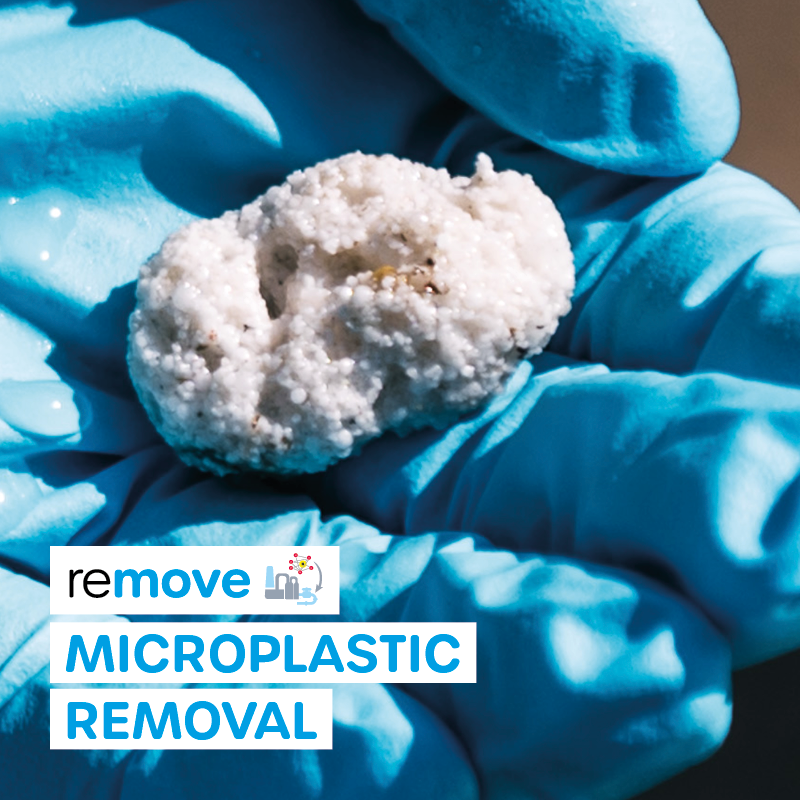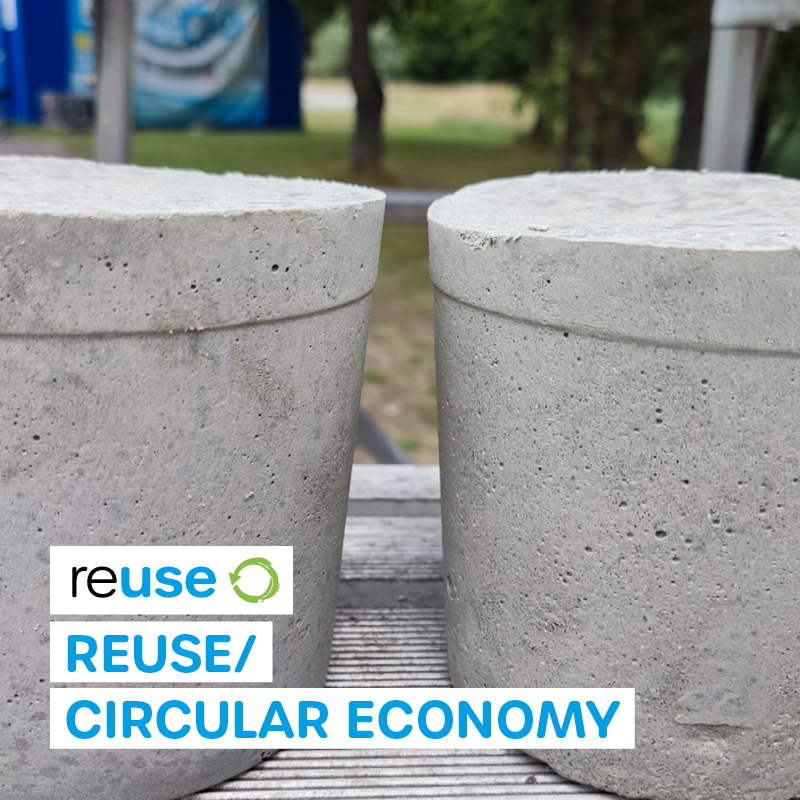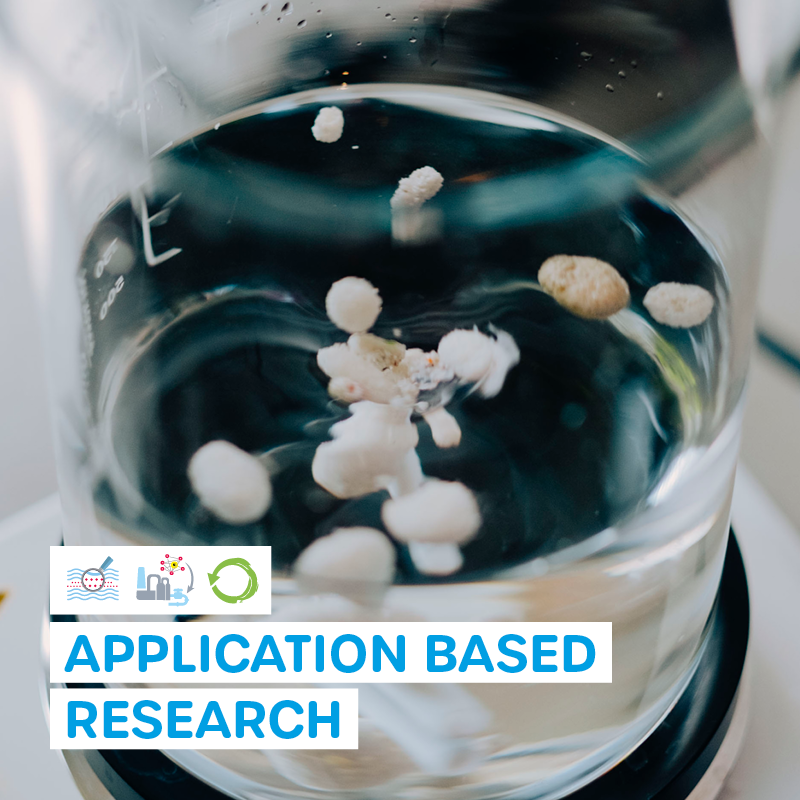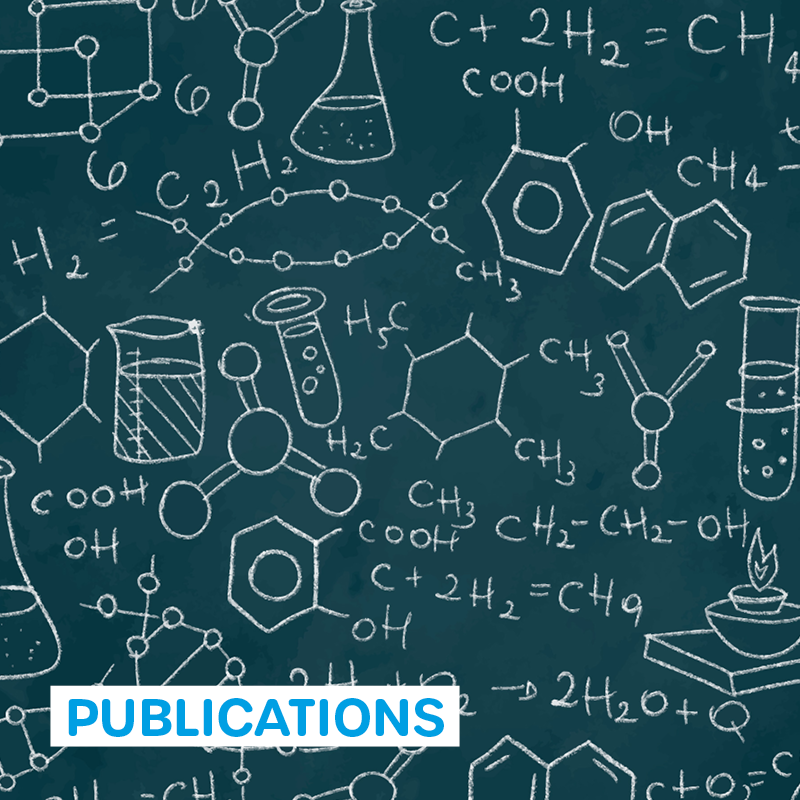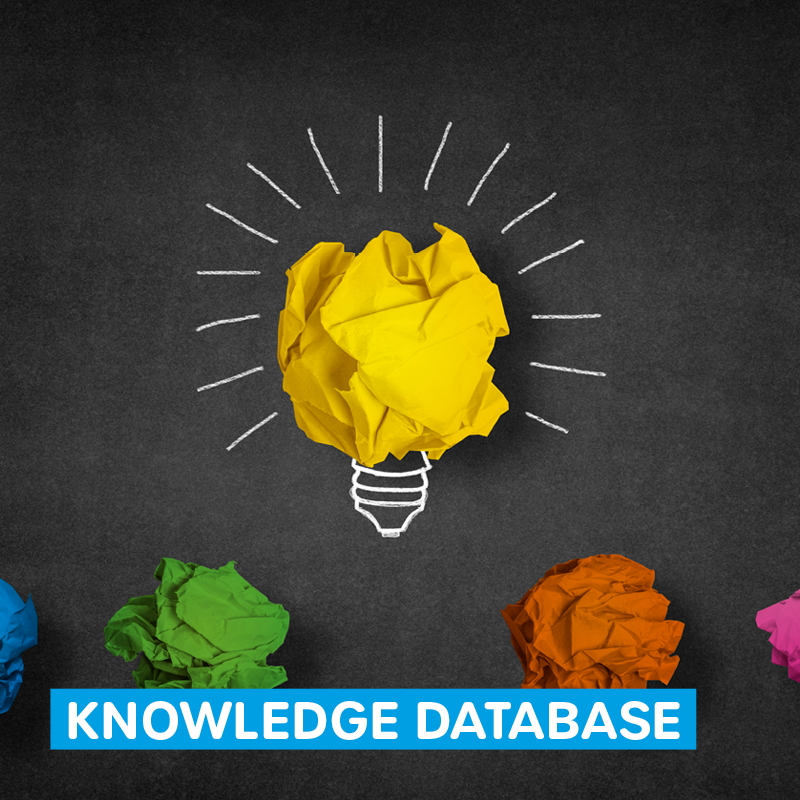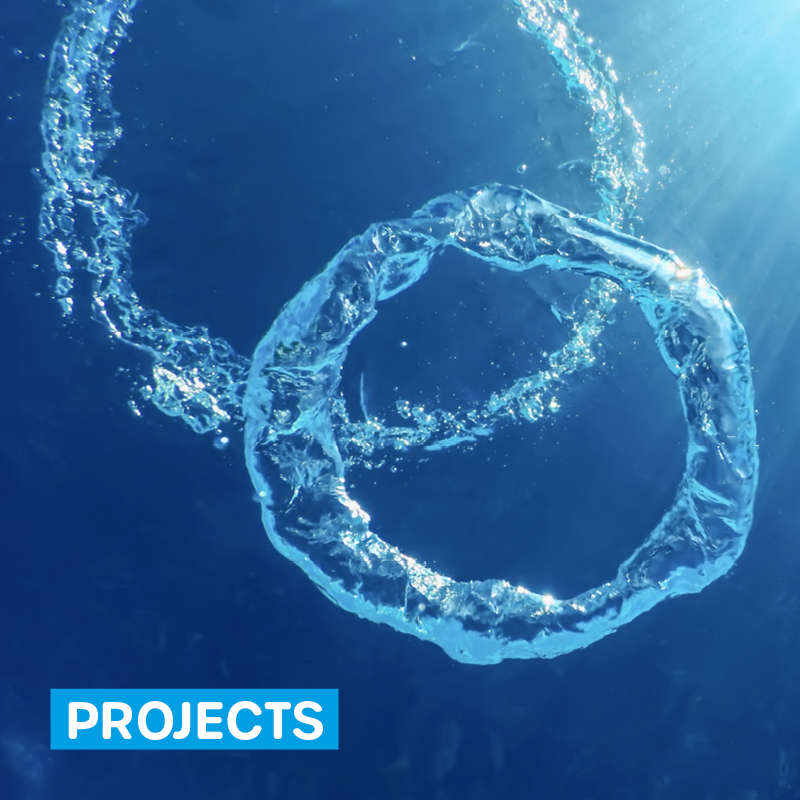Innovative technologies and processes for water without microplastics
Transparent. With impact acceleration. For water without microplastics.
Microplastics are polluting our waters. These tiny plastic particles destroy the balance of our ecosystems and pose an enormous risk to our health.
They have been detected almost everywhere, from the Arctic ice to the deep sea. From the Danube to Mount Everest. In animals, to human intestines, placenta, and most recently in blood, lungs, and breast milk.
Every day, the burden of microplastics on our ecosystems and bodies increases. There are still many uncertainties. With us you will find answers on your questions regarding pollution and solution.
